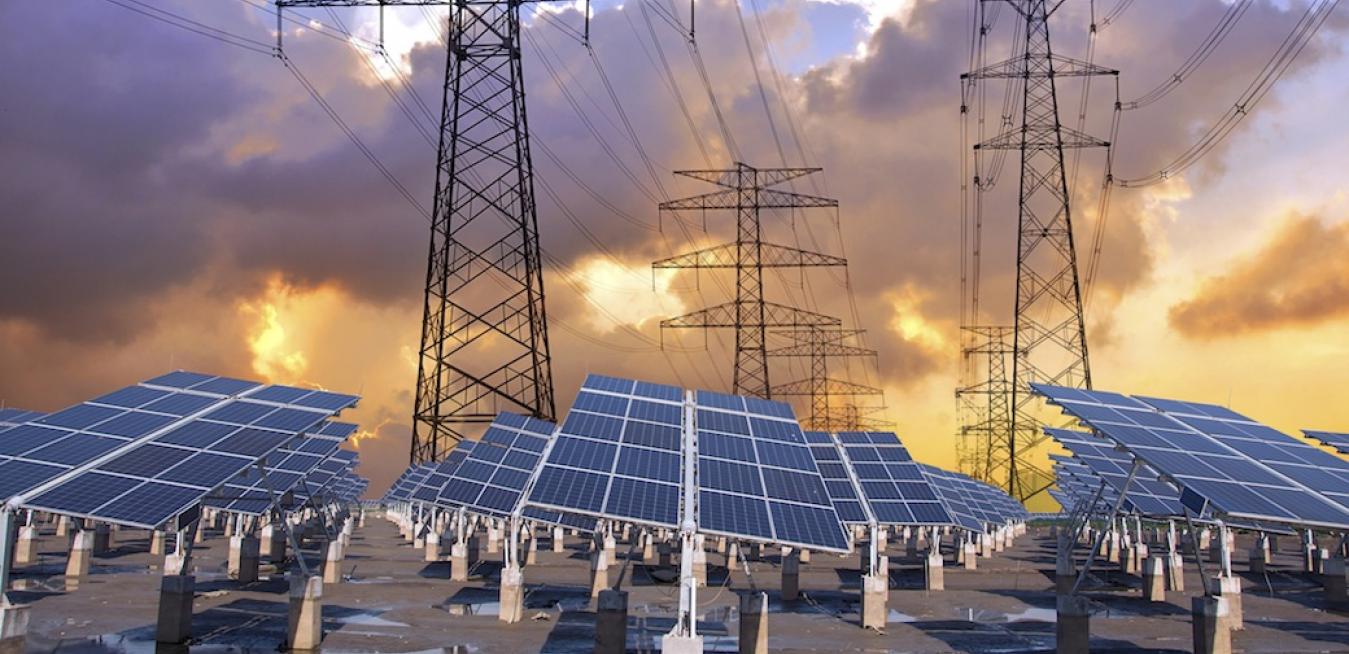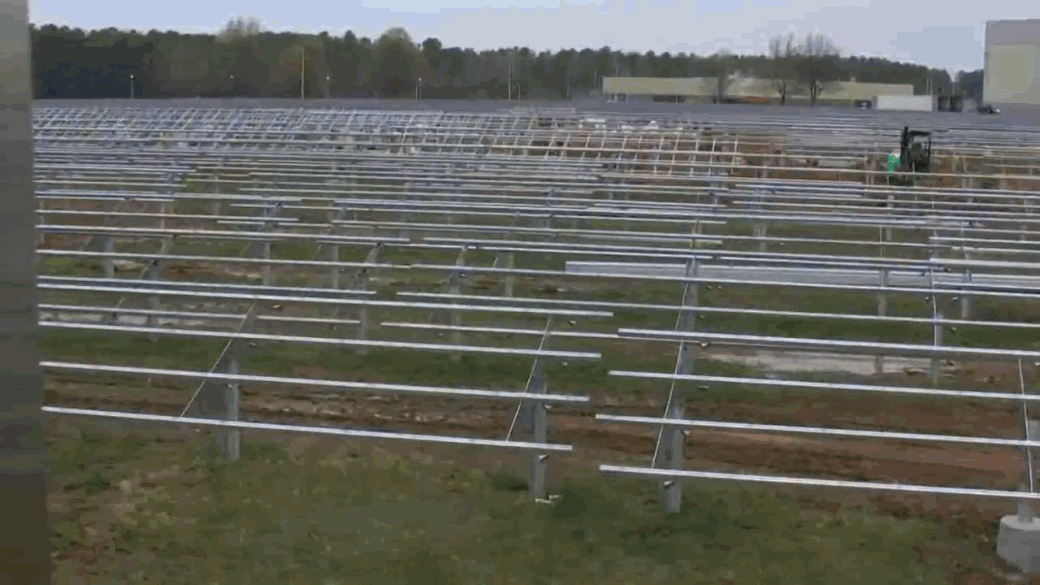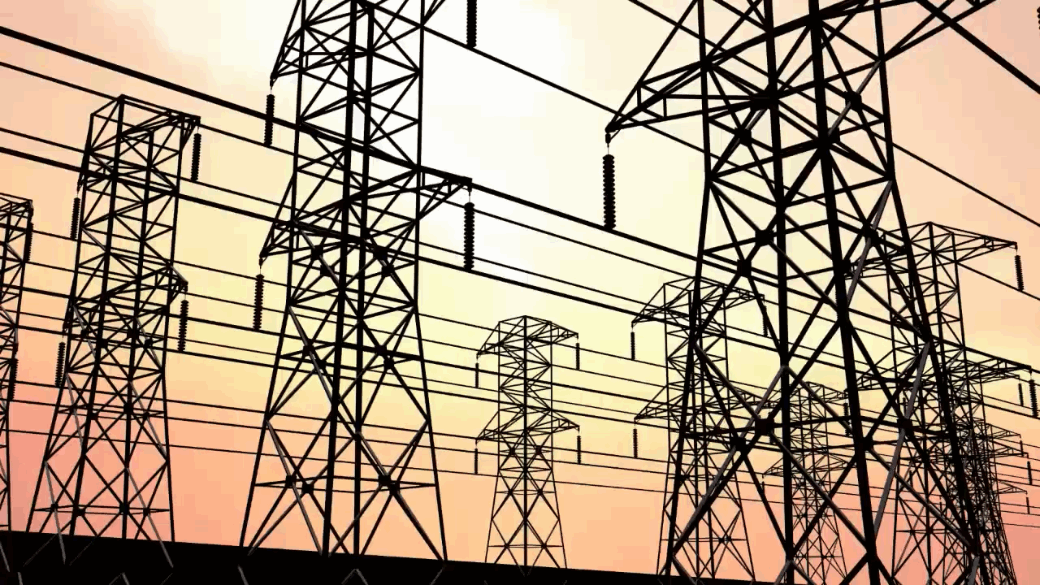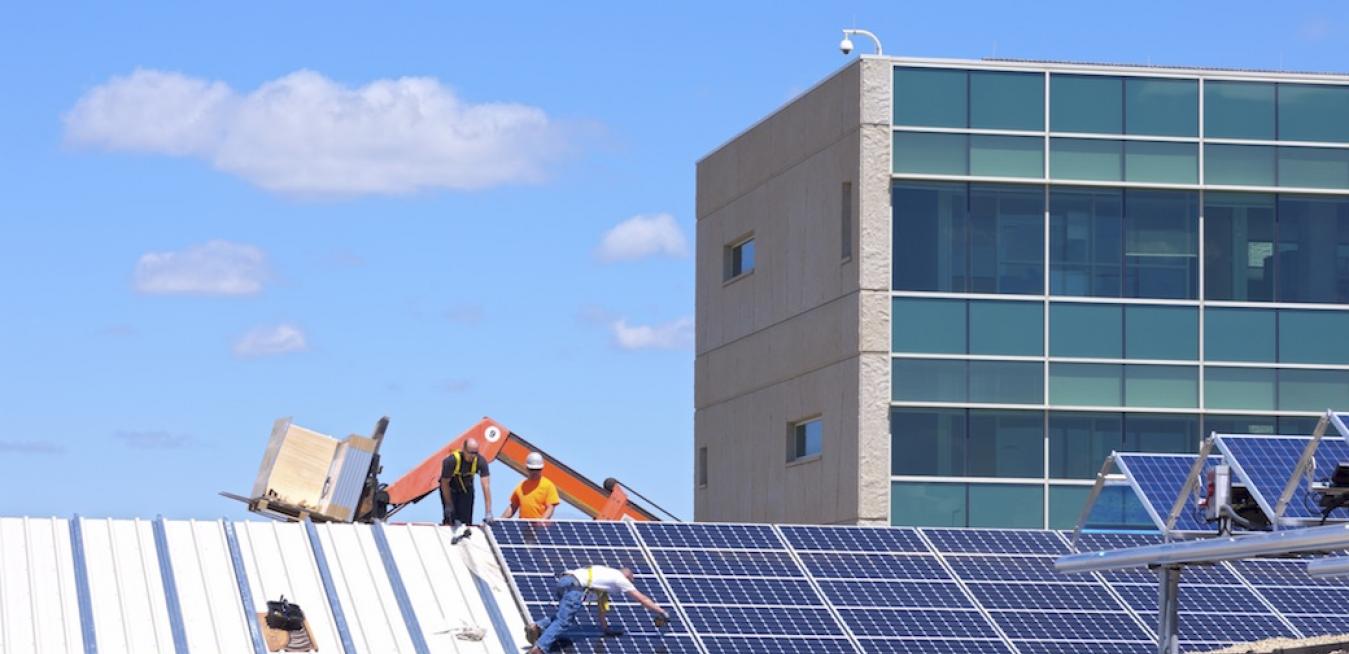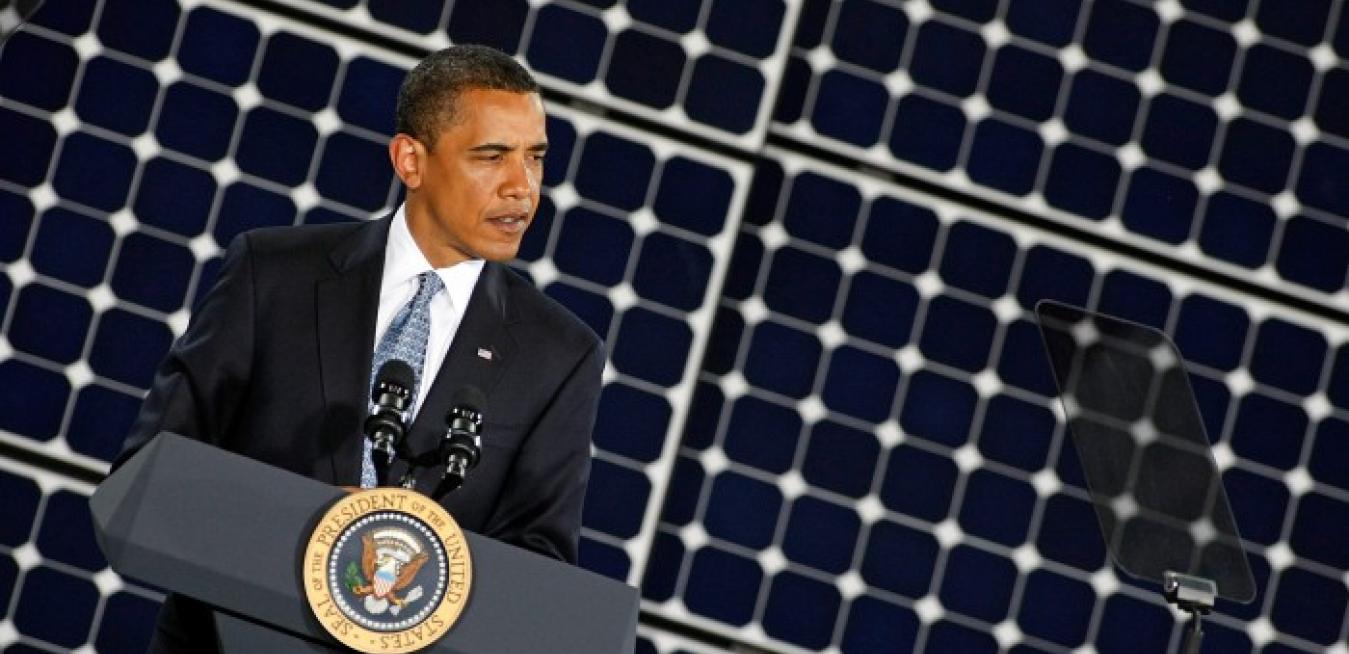Trillions of dollars need to be invested in power over the next two decades. Here’s how to make emissions-reducing projects more attractive.
Over the course of 2015, large parts of the energy and environmental world will focus attention on achieving a new form of legally binding climate agreement in Paris under the auspices of the UN Framework Convention on Climate Change.
In future columns, I’d like to discuss in detail these technologies and how they are so important to a sustainable future. But what is energy sustainability, and how can it be viewed globally?
Not only does electricity generation account for about 40 percent of energy-related CO2 emissions, but the power sector is also expected to play more of a role in reducing the share of fossil fuels in the global energy mix than any other, the International Energy Agency (IEA) explains in its latest World Energy Outlook.
While this approach makes sense — given that climate change is a global issue and market-based national or international solutions would be far less expensive solutions than command and control approaches — an ambitious, binding international treaty has yet to materialize. And here in the U.S., climate change legislation doesn’t look likely for the foreseeable future.
In the coming decades we will start to think of data and software as a source of energy.
What do I mean by that? Software won’t generate electrons, but it will let us leverage the electricity we are already generating in a more efficient and productive way.
Meanwhile, some people remain thoroughly convinced that climate change has no connection with power plant emissions. As the cornerstone of Obama’s climate change policy, this proposal is now met with adamant opposition.









